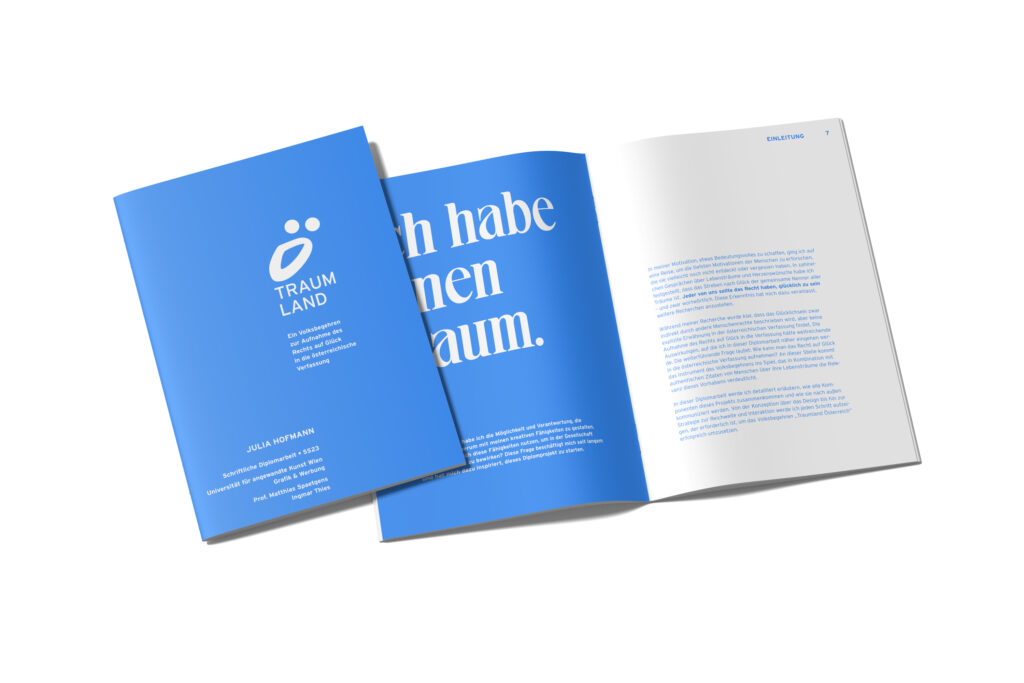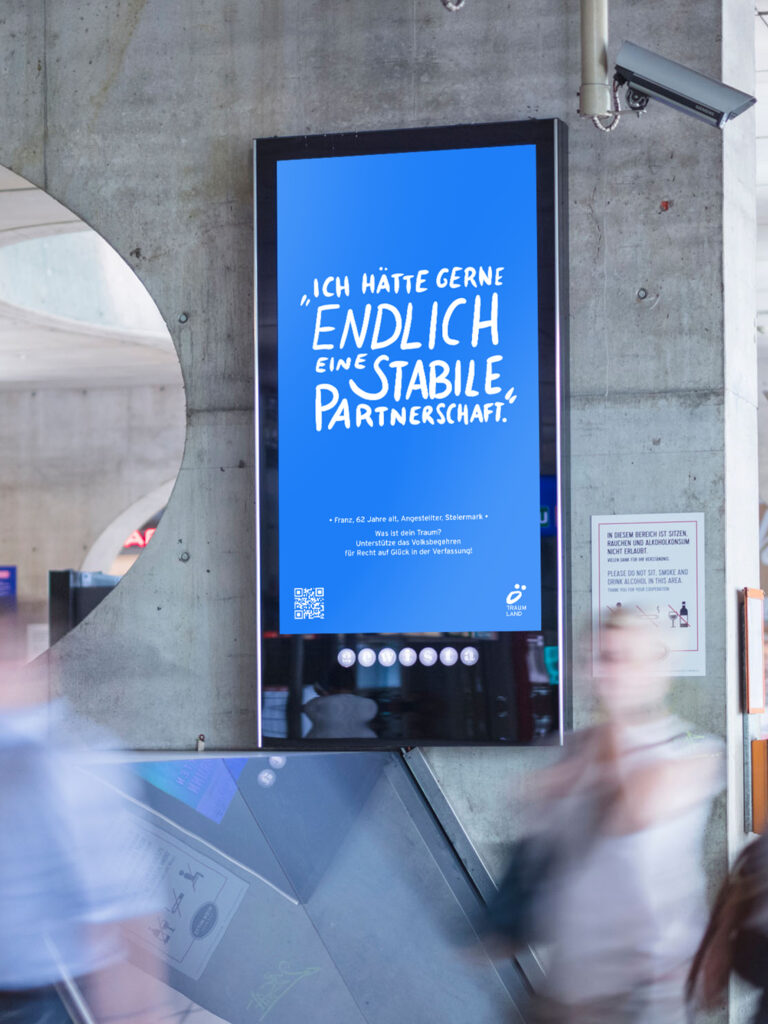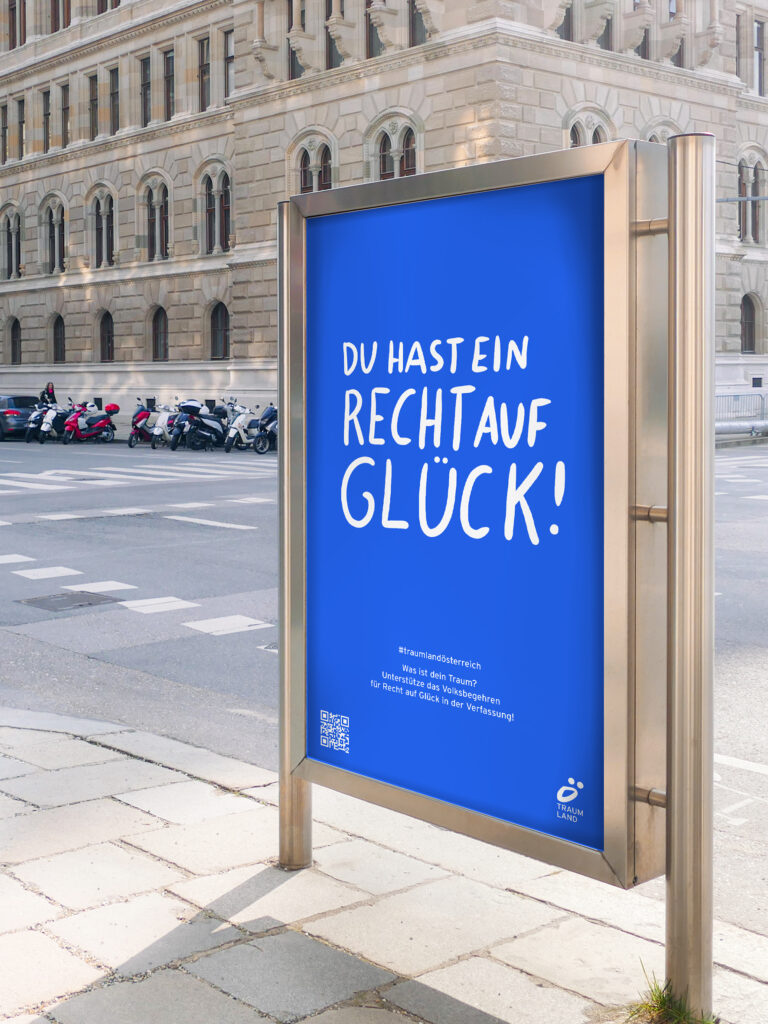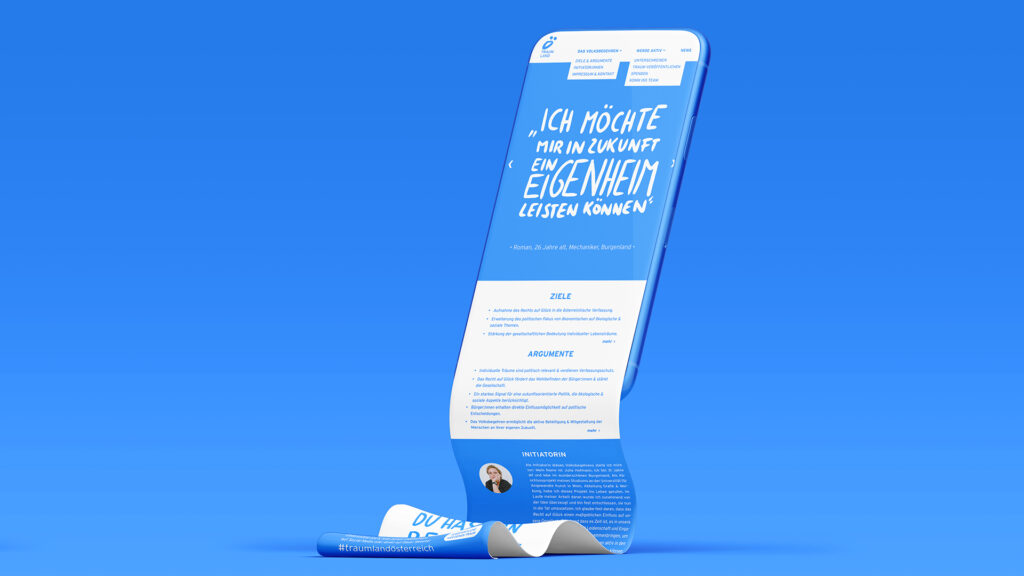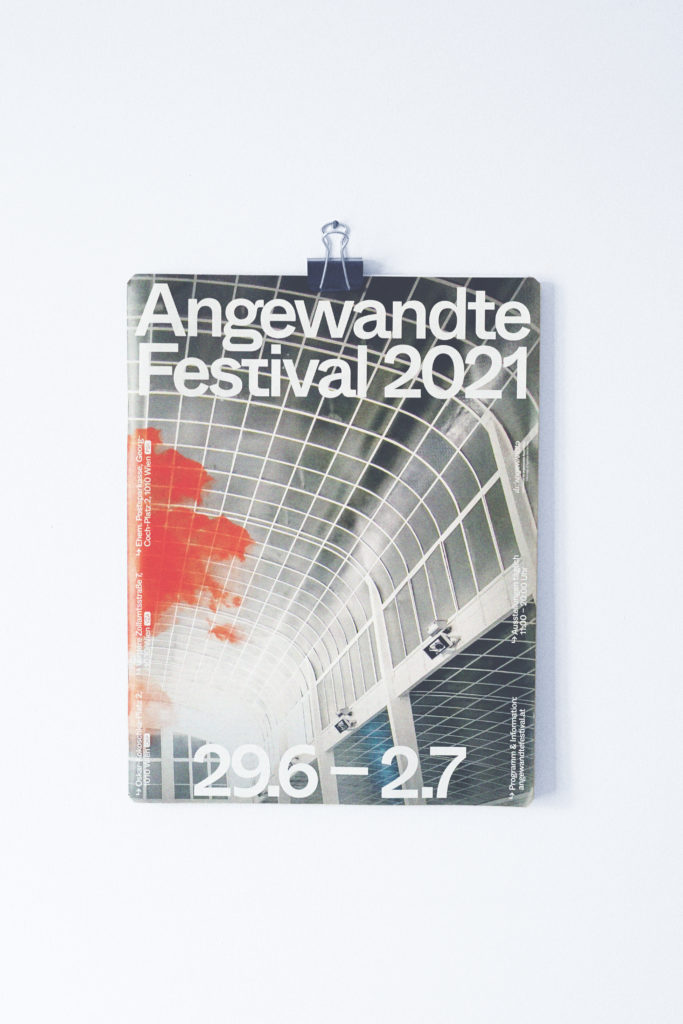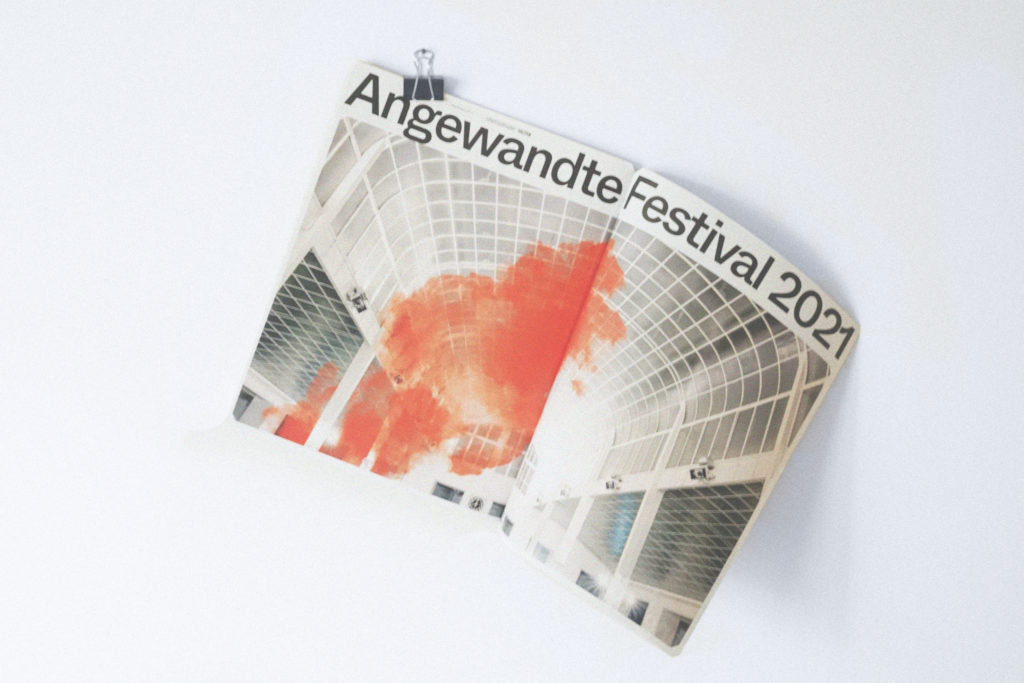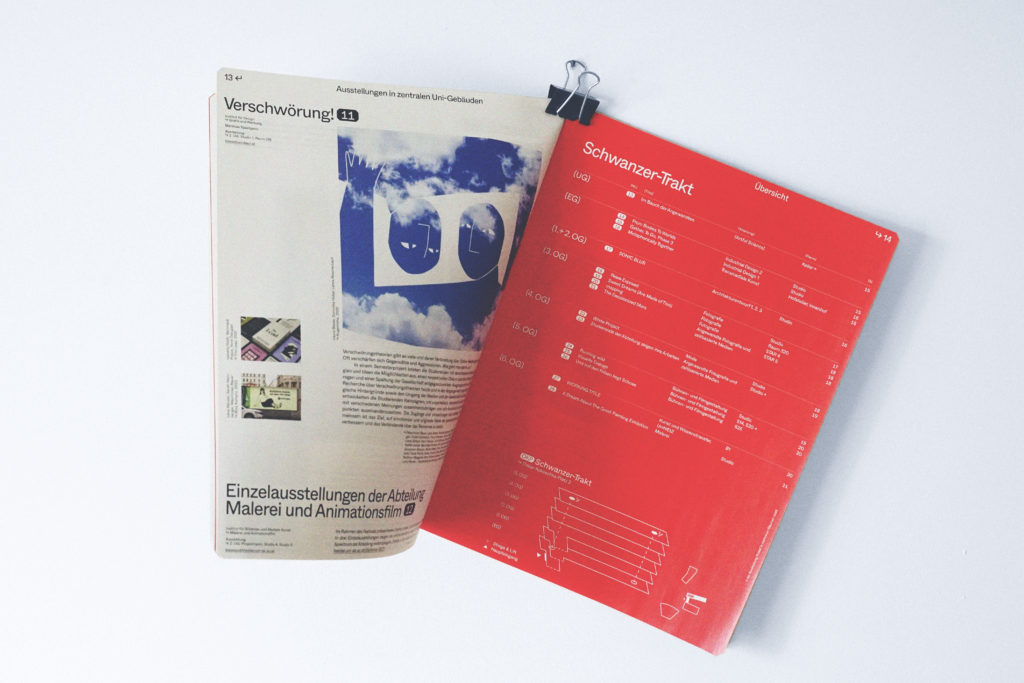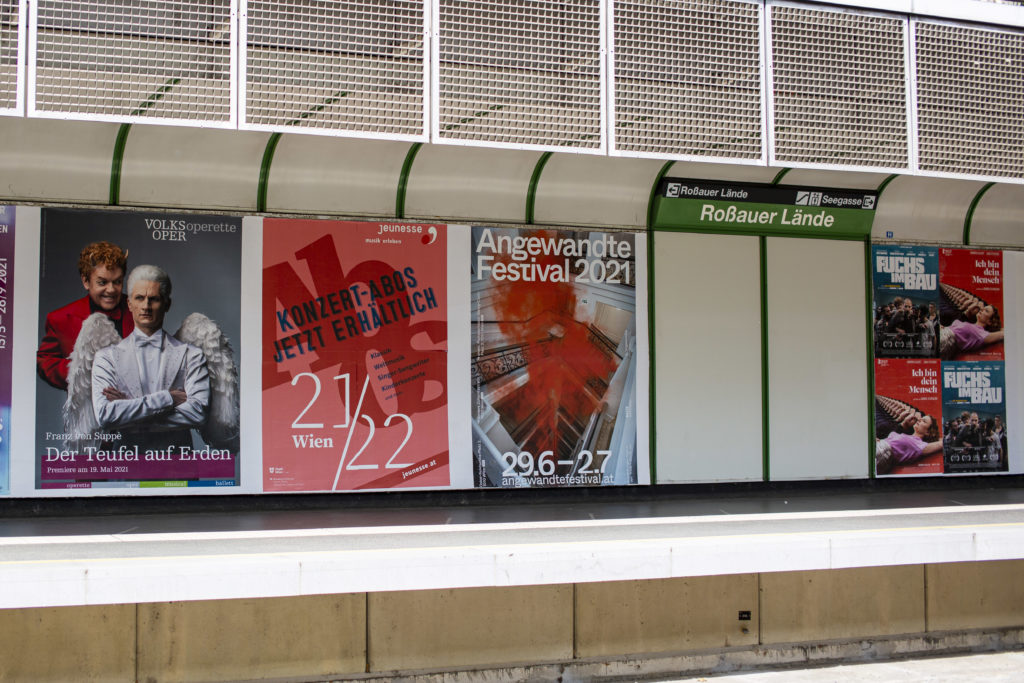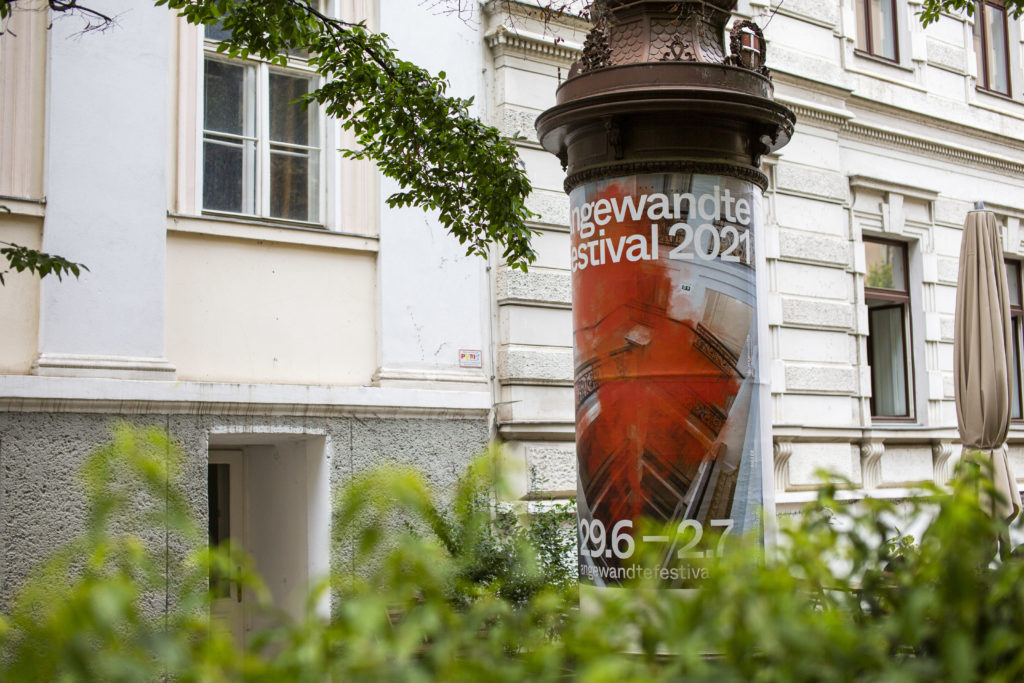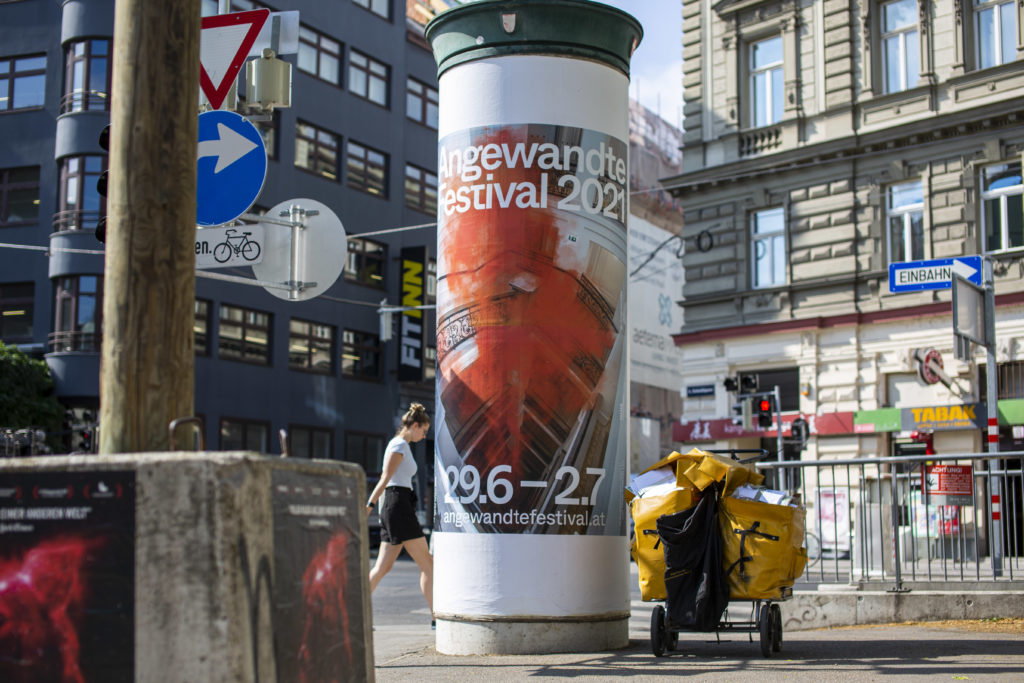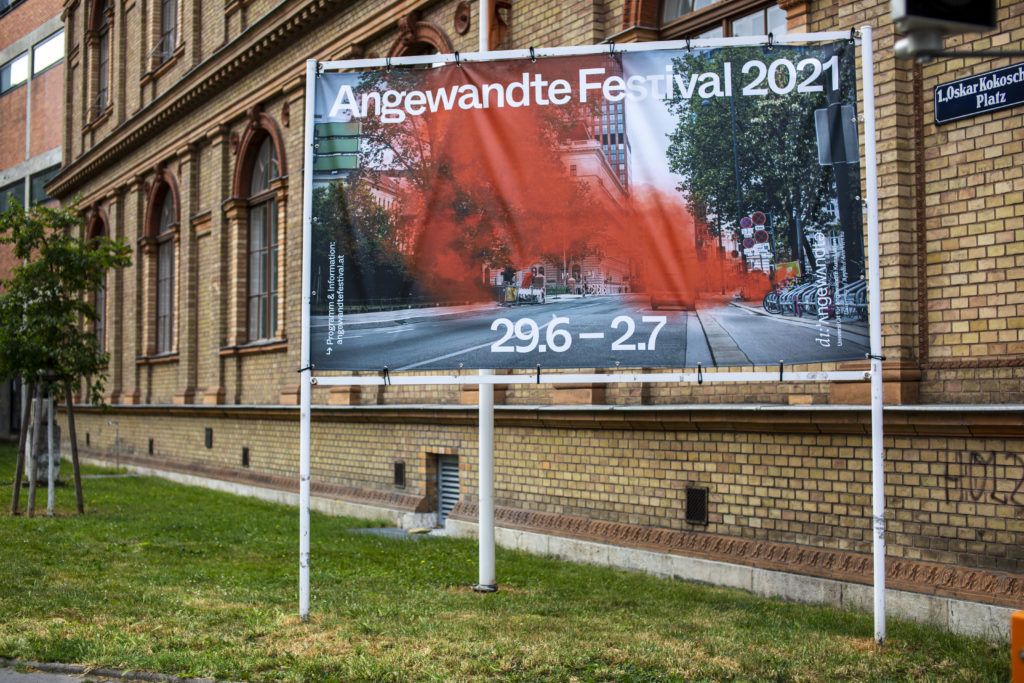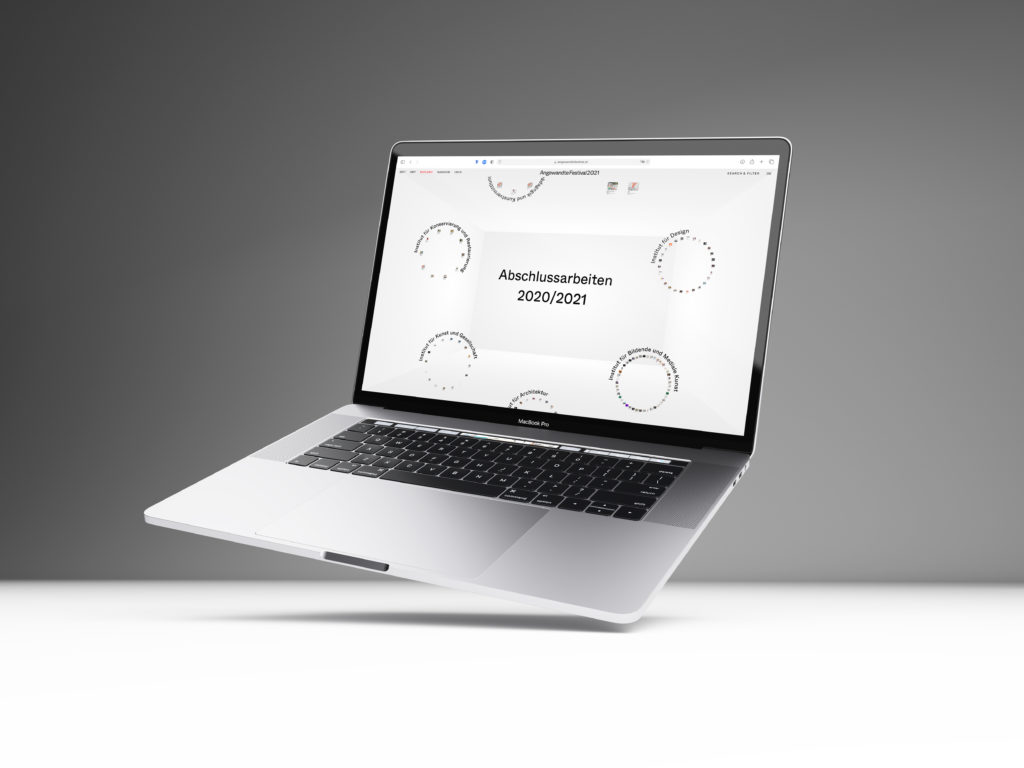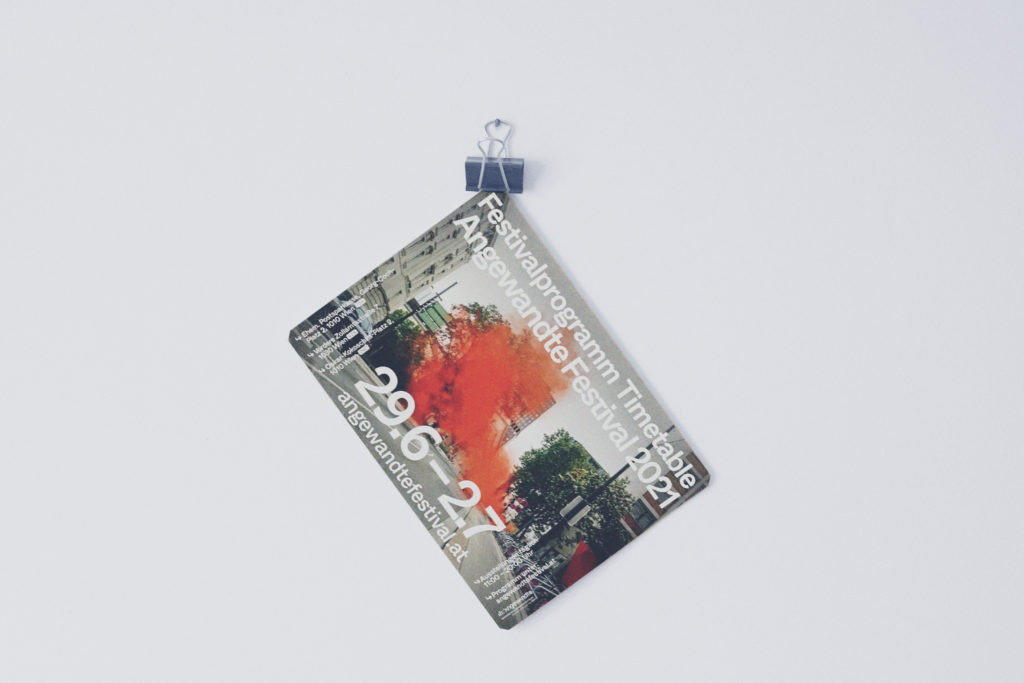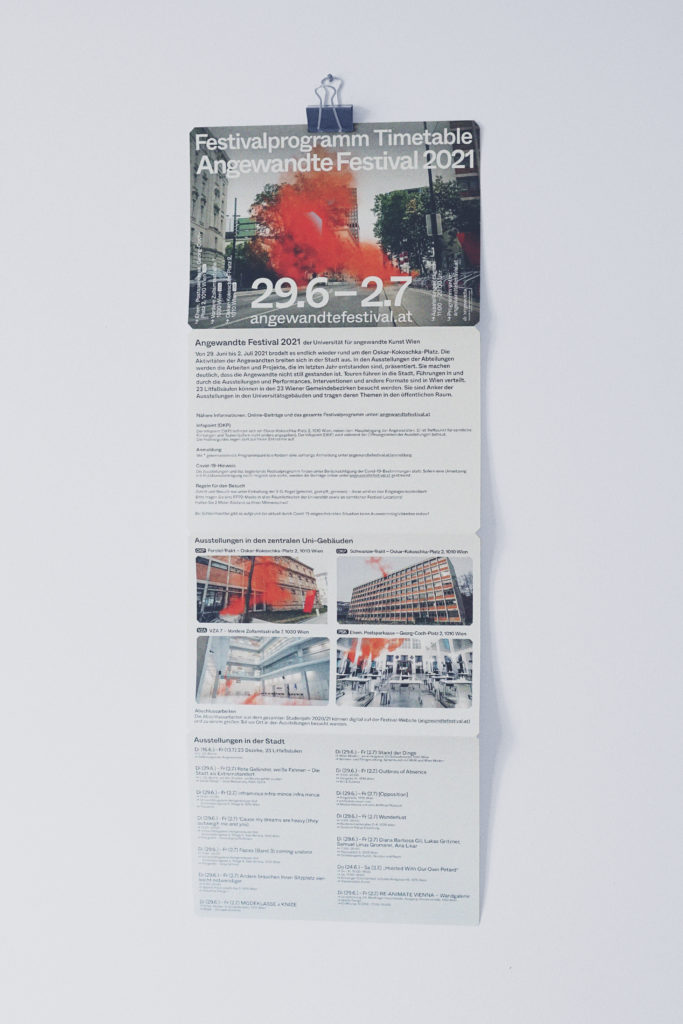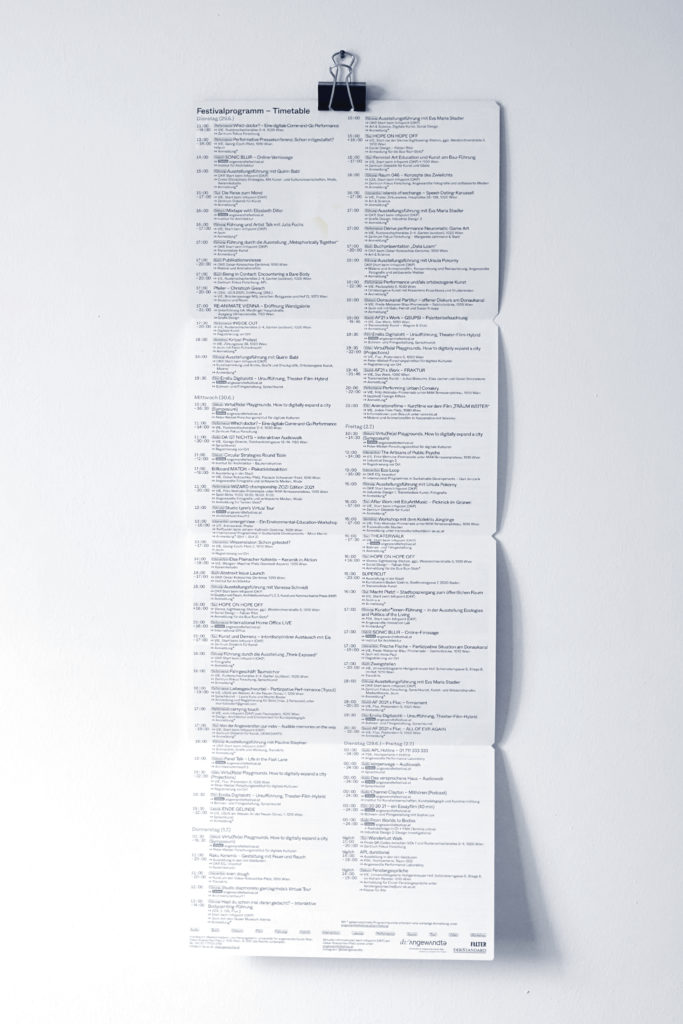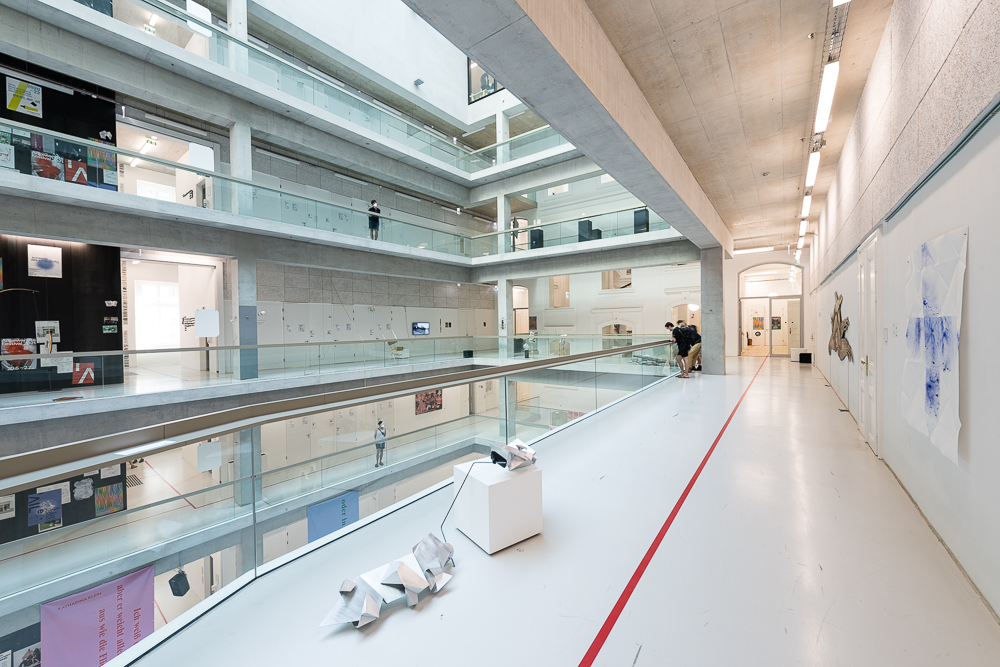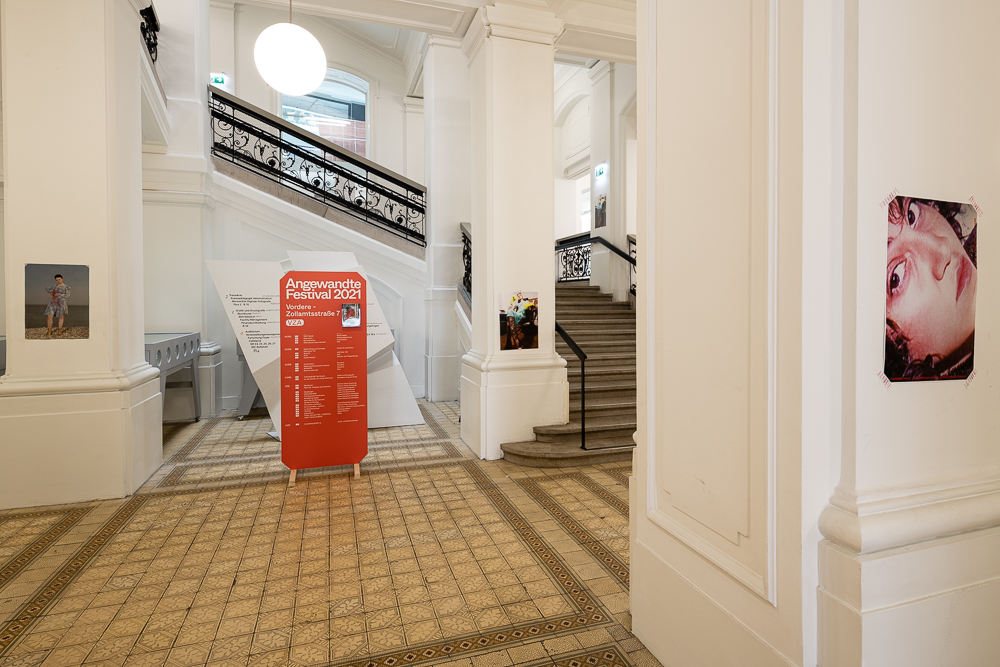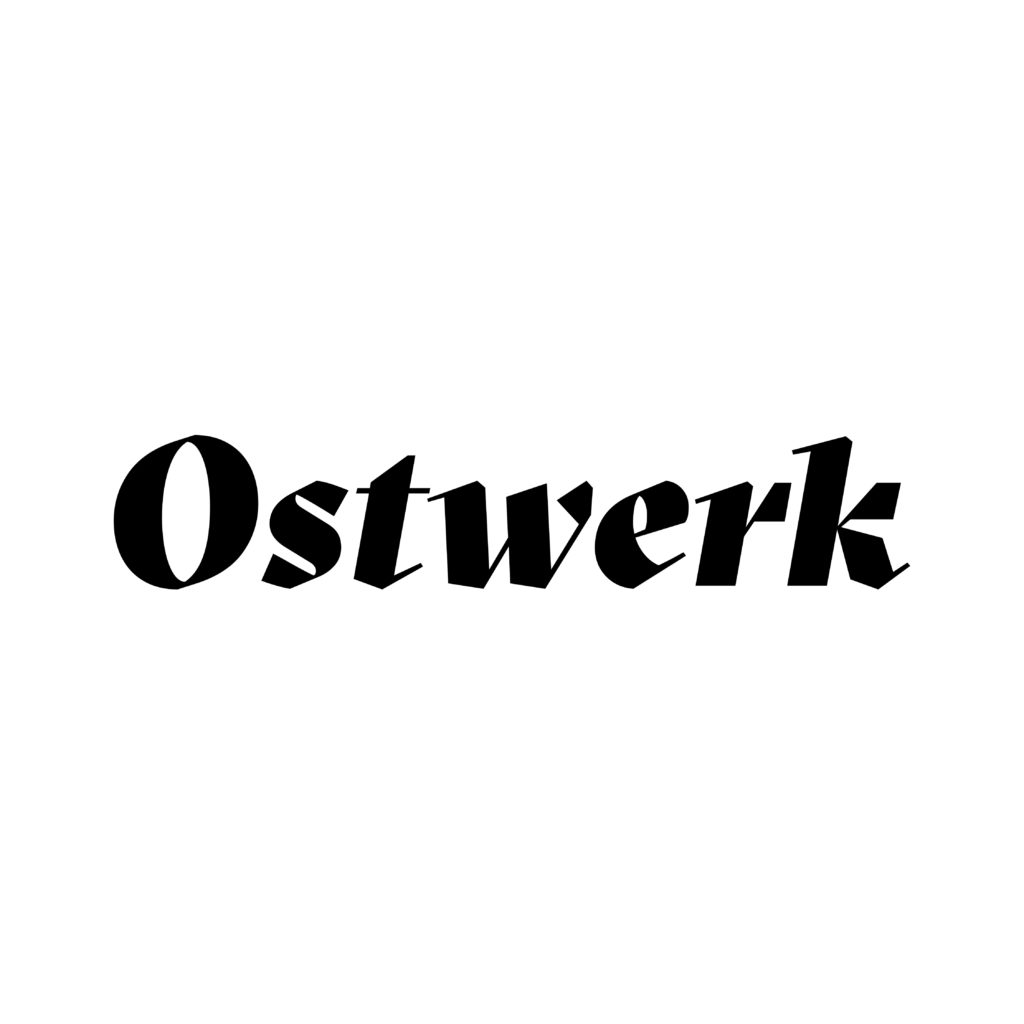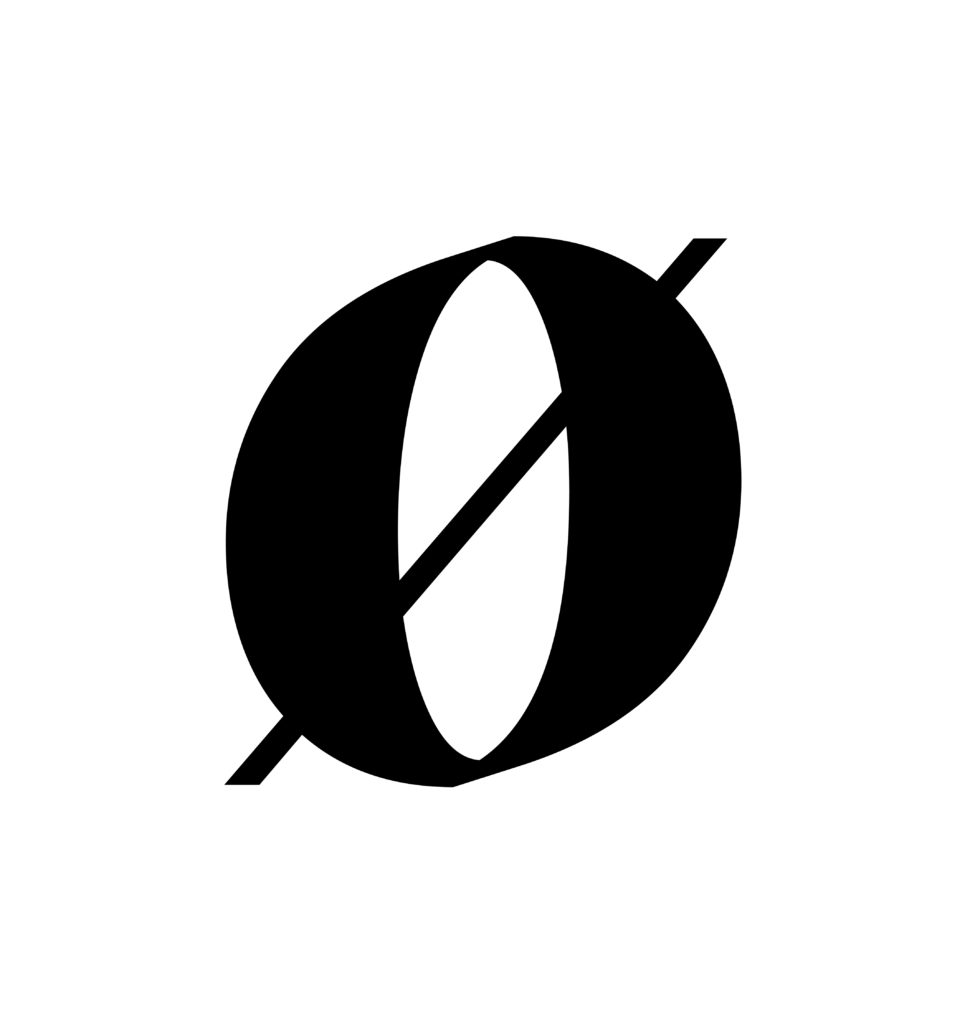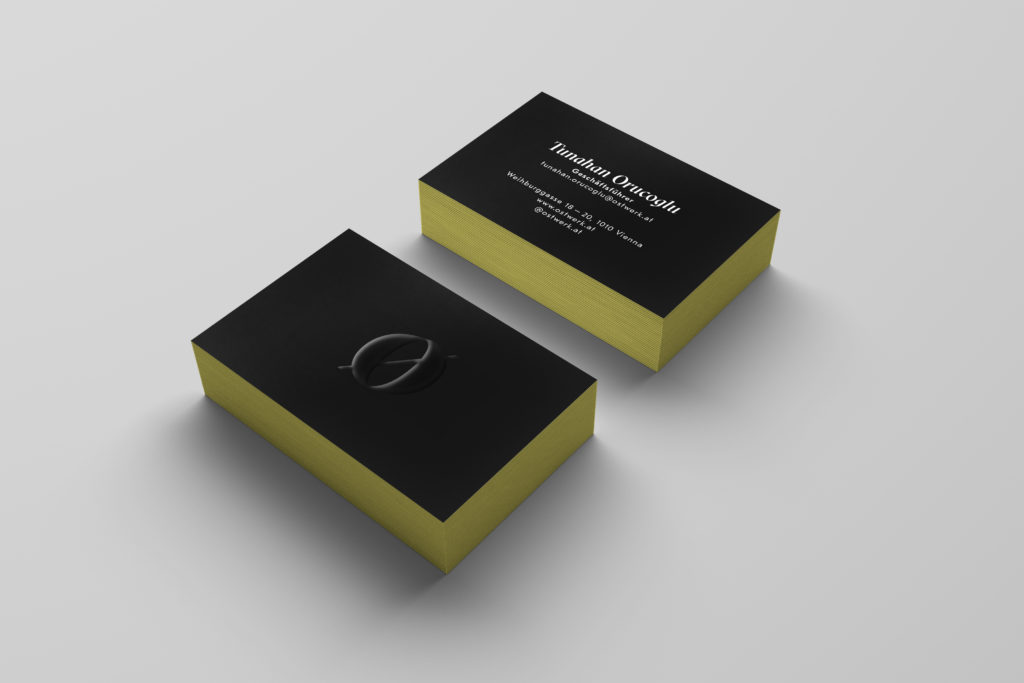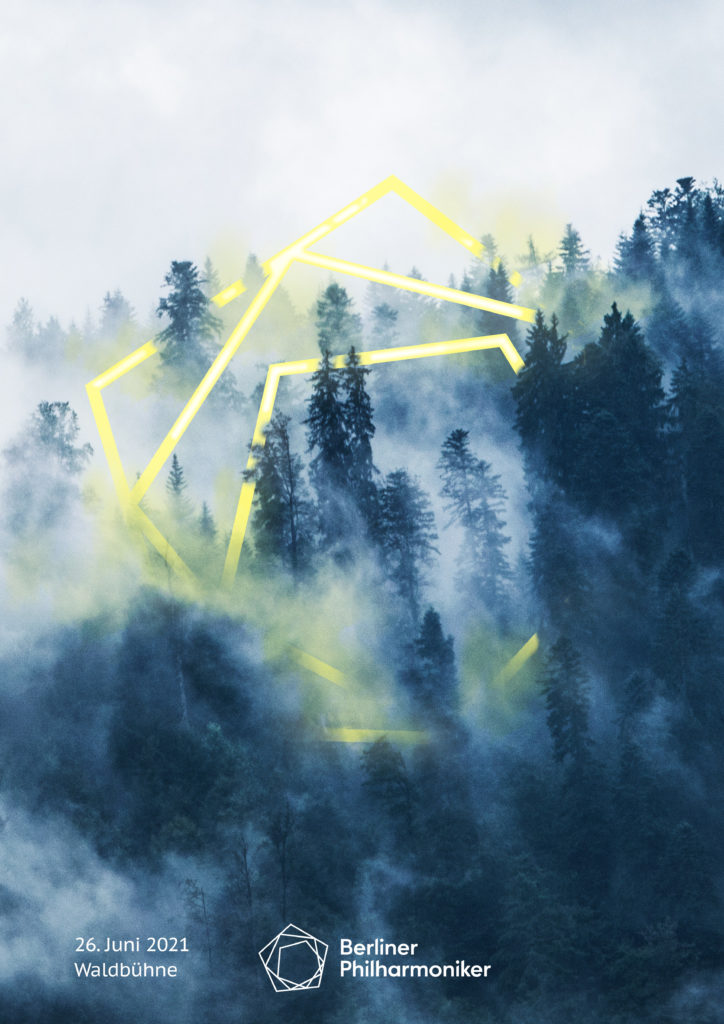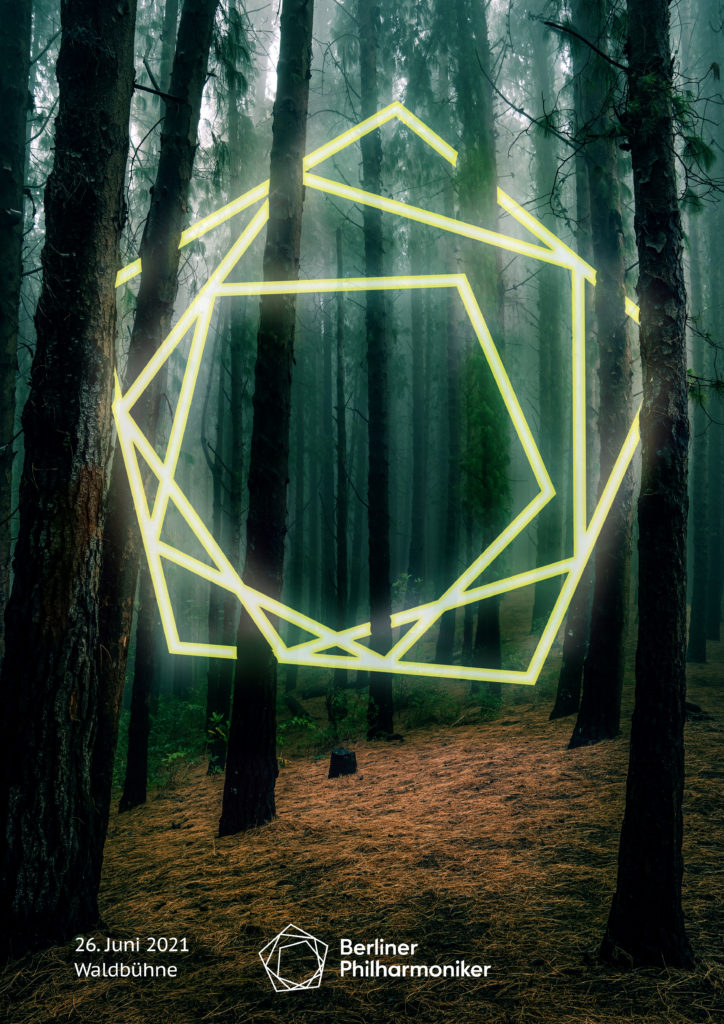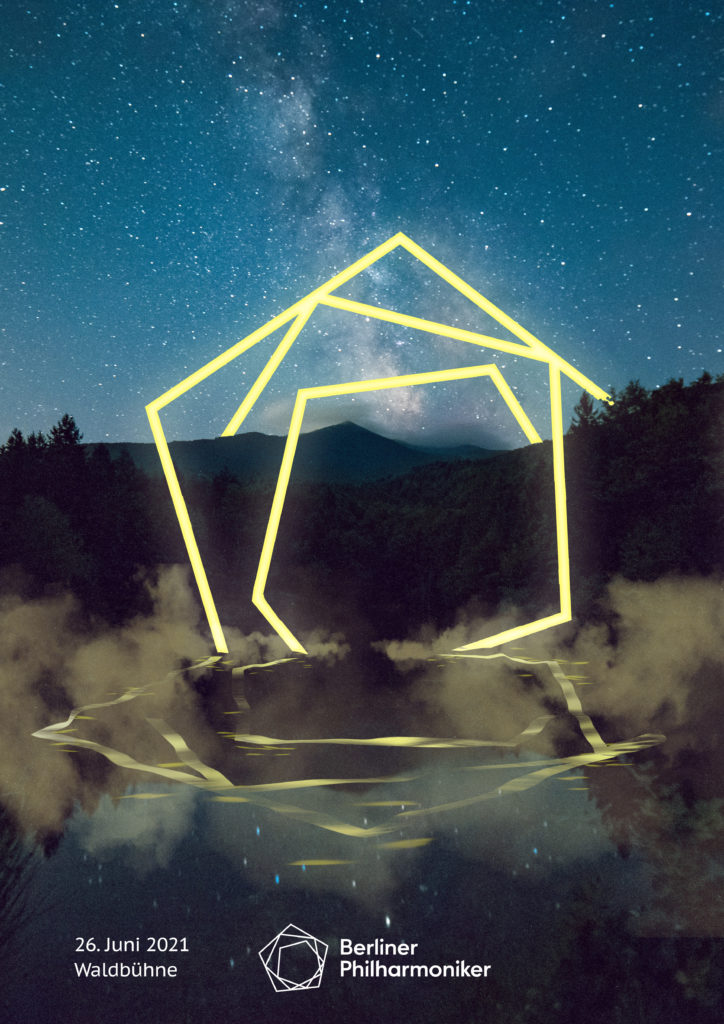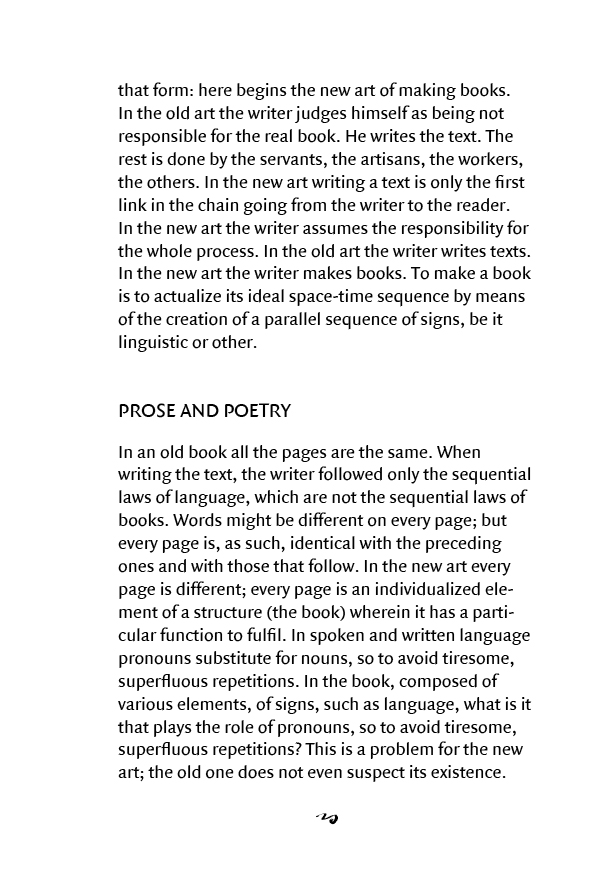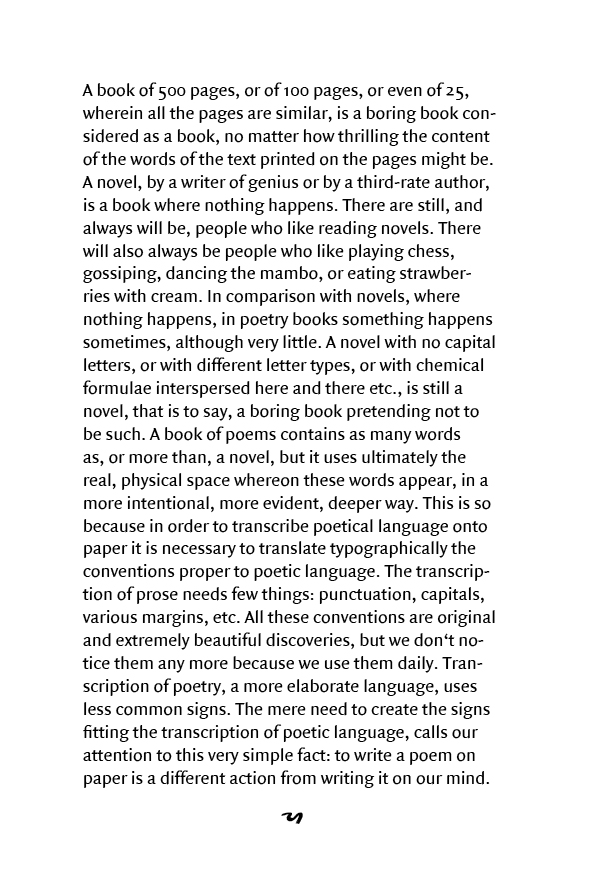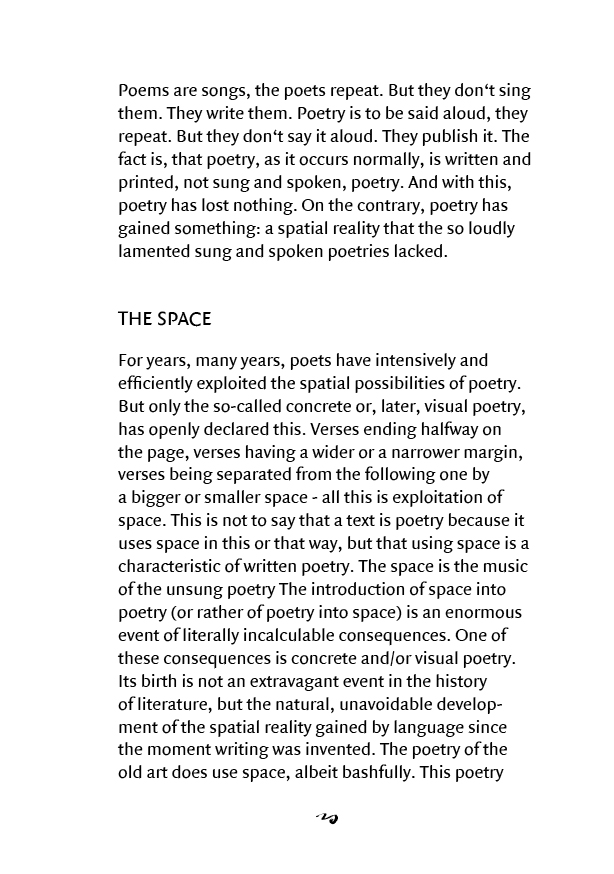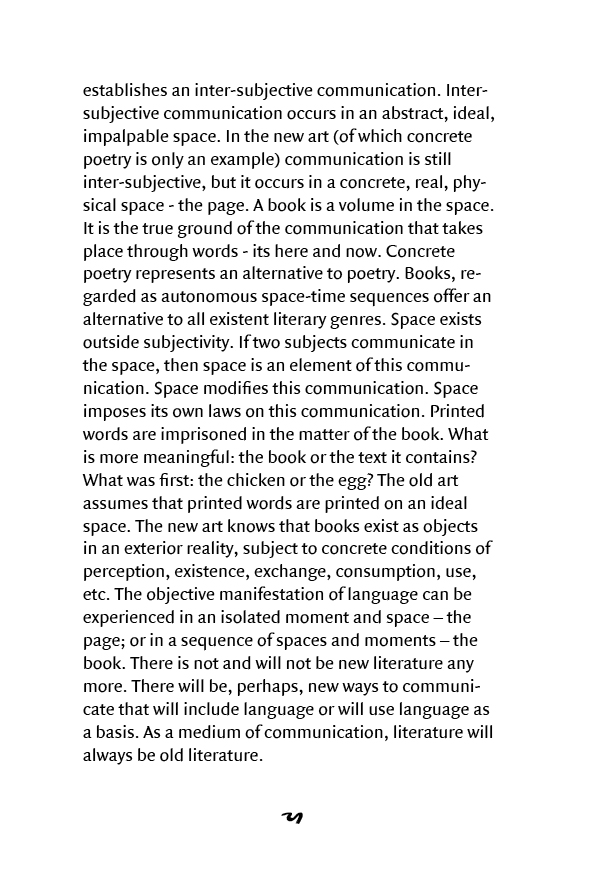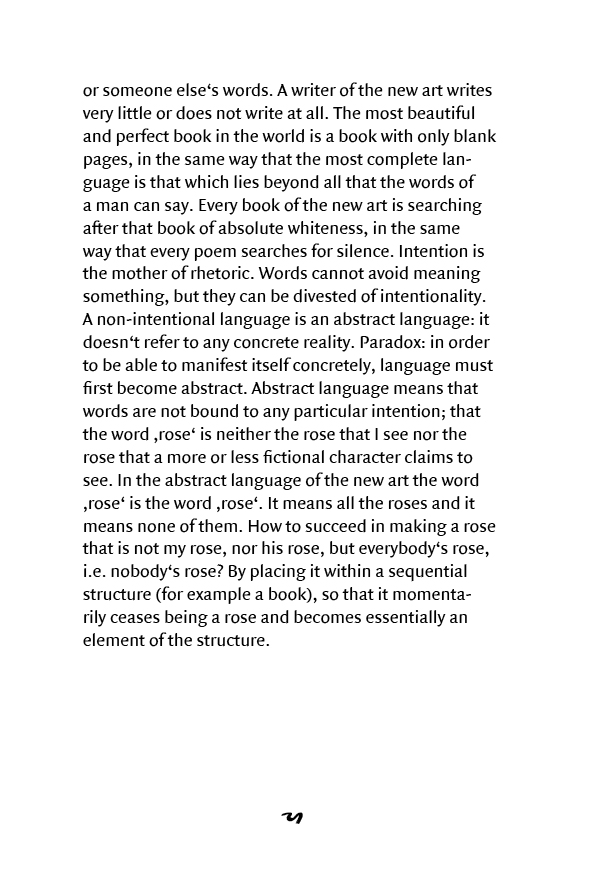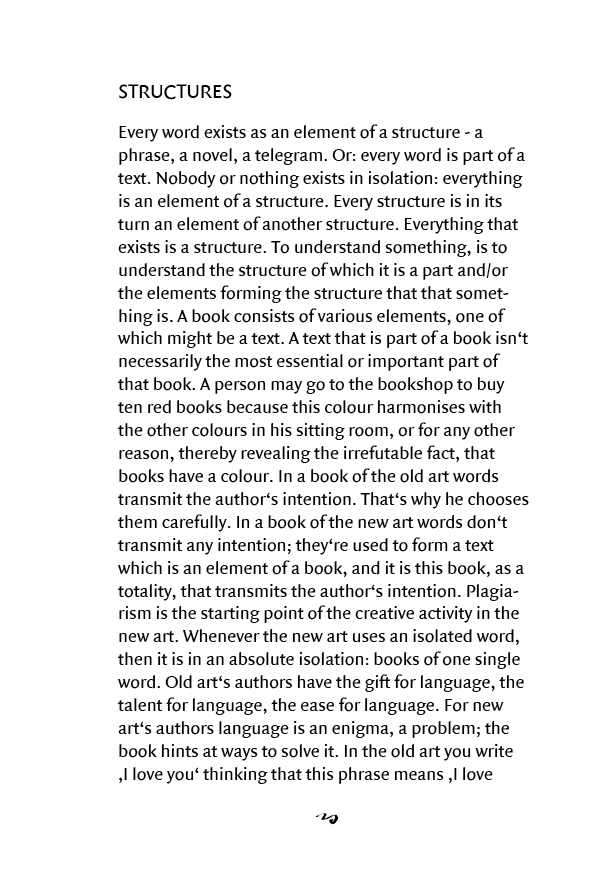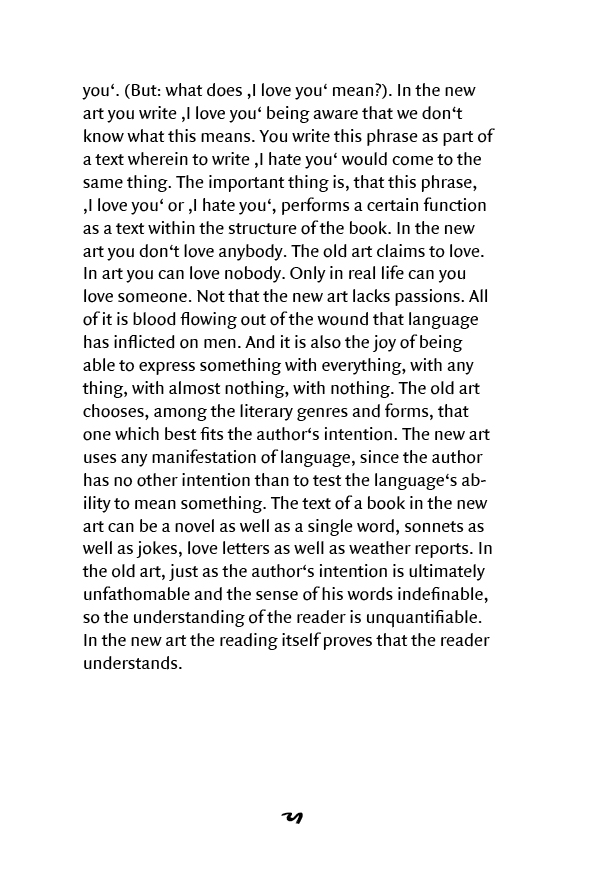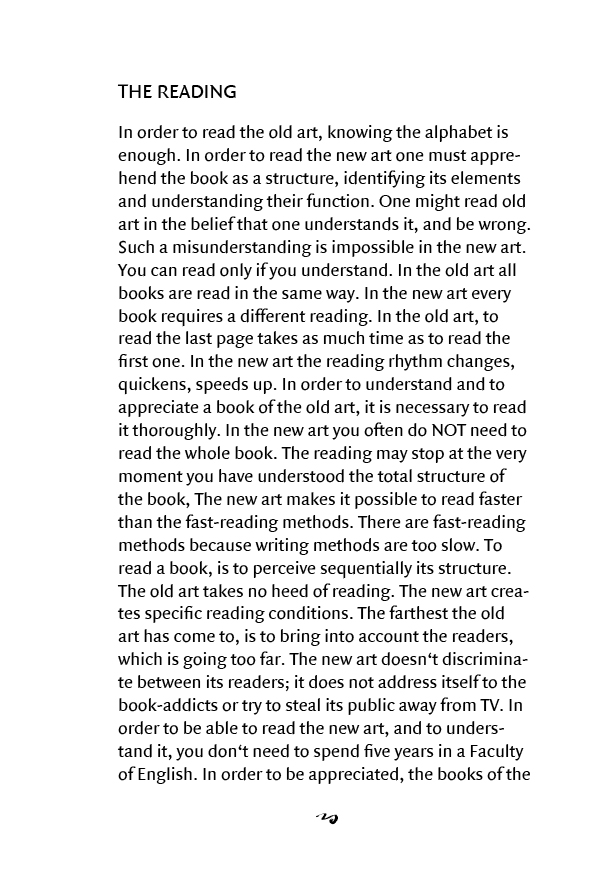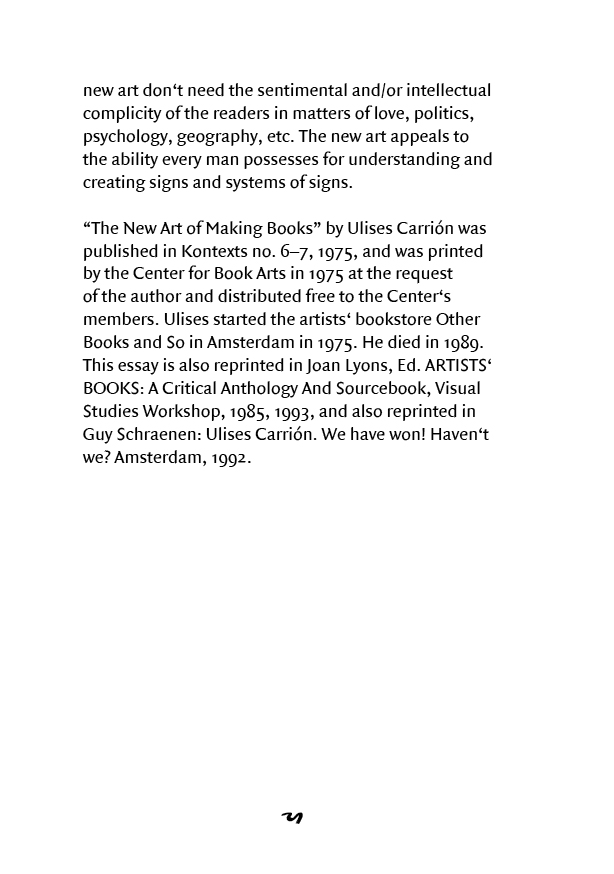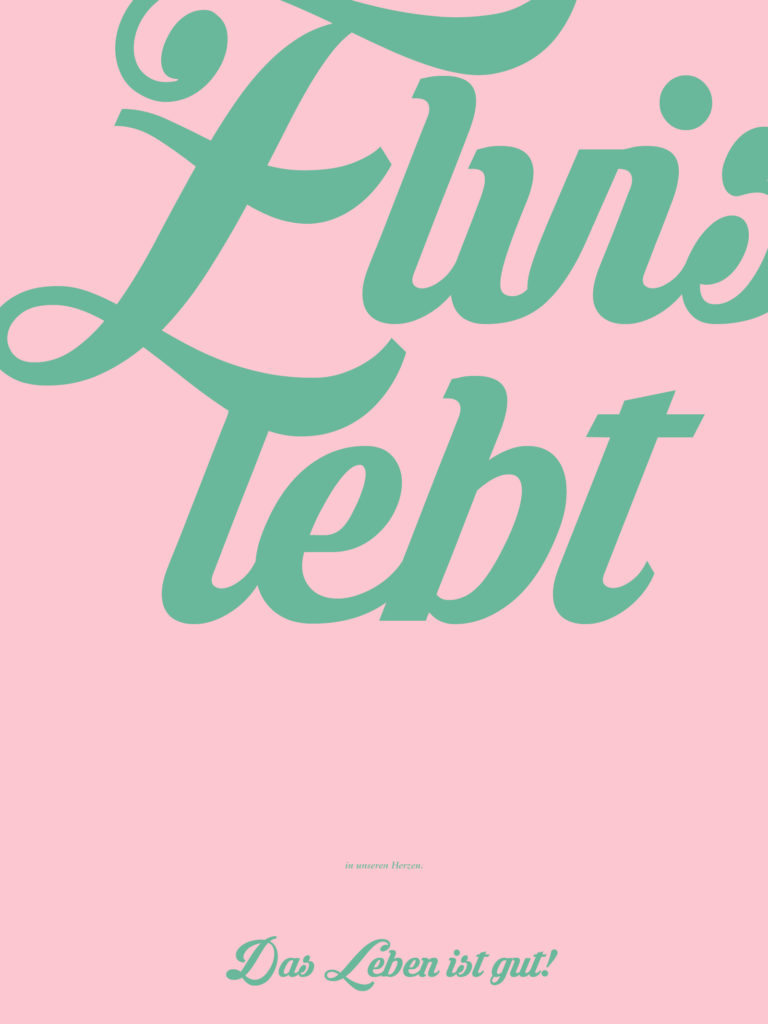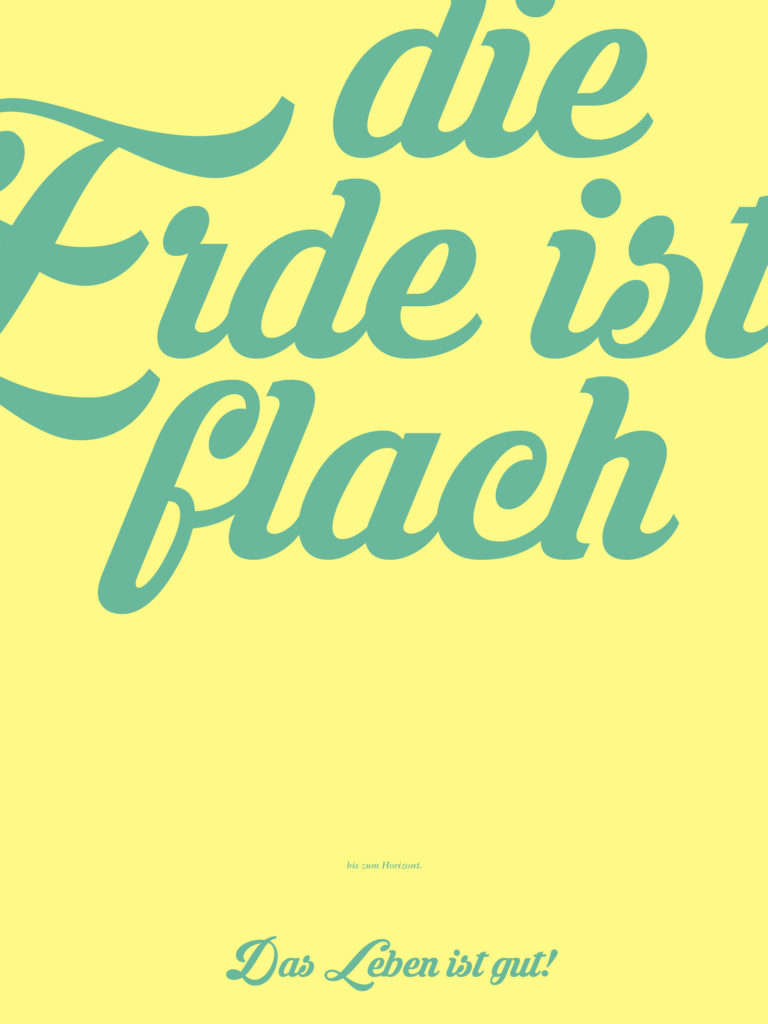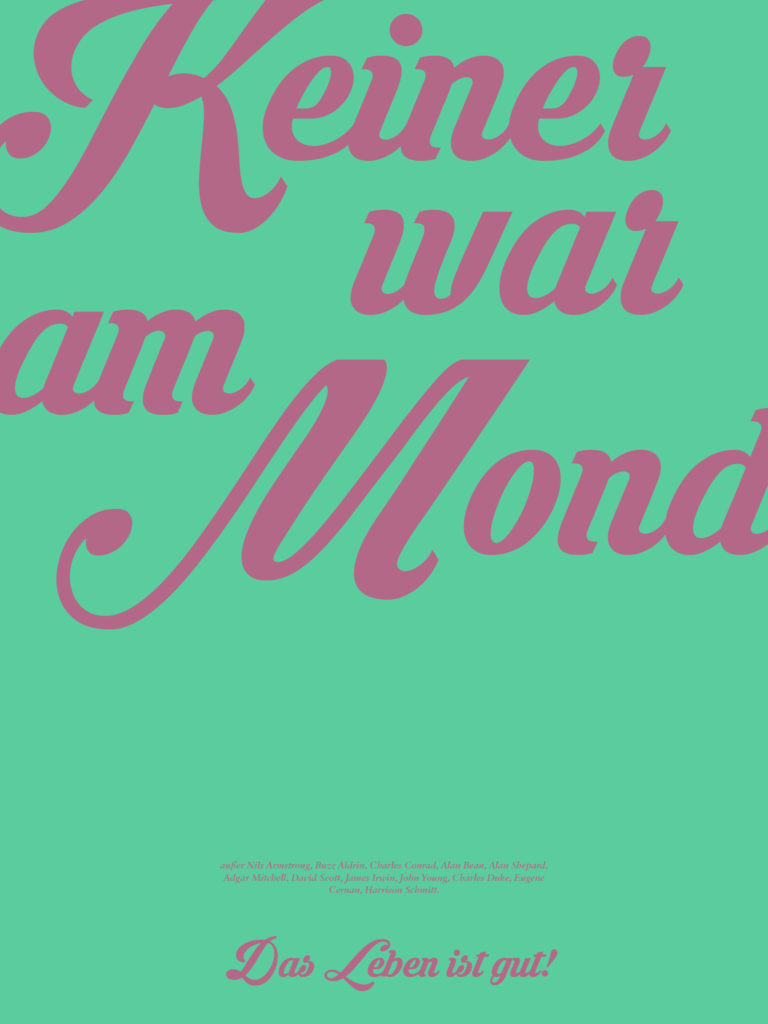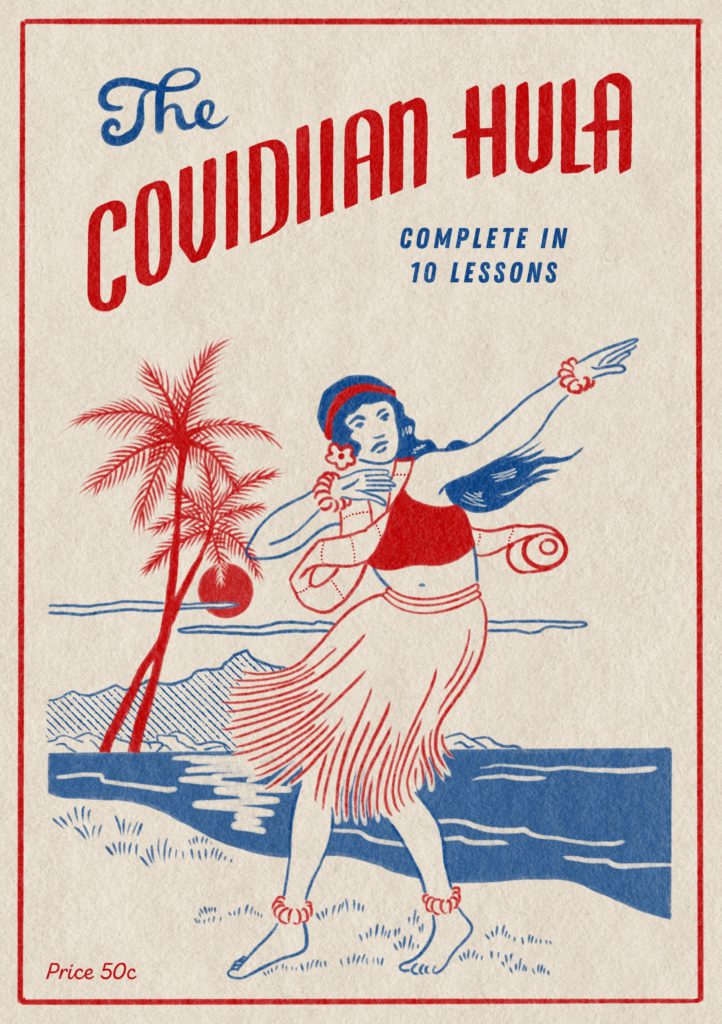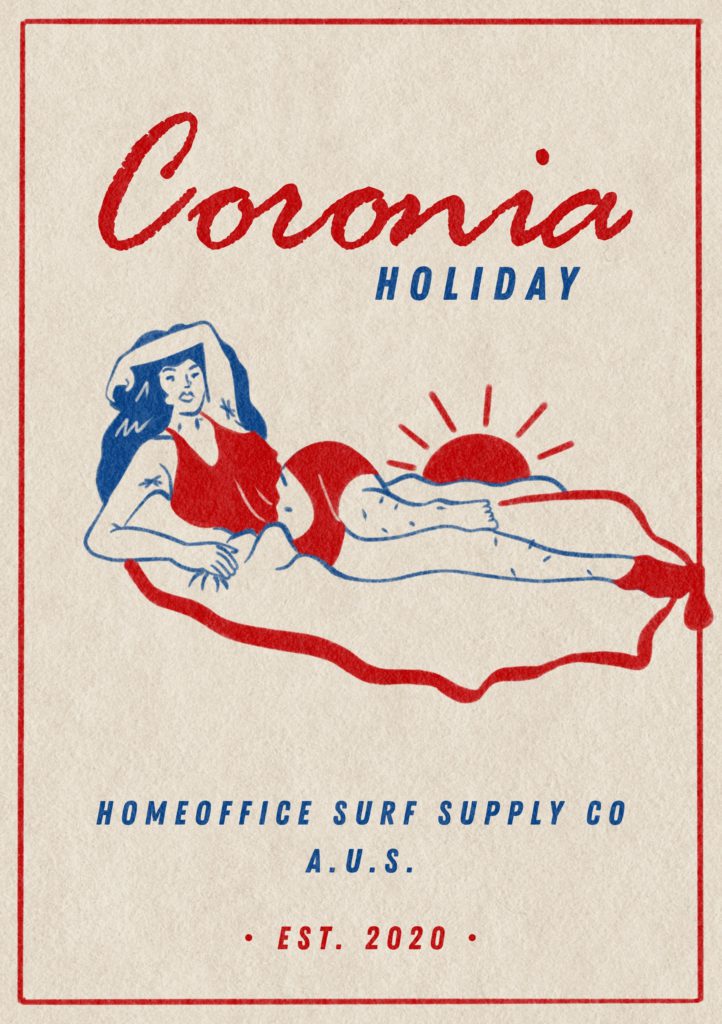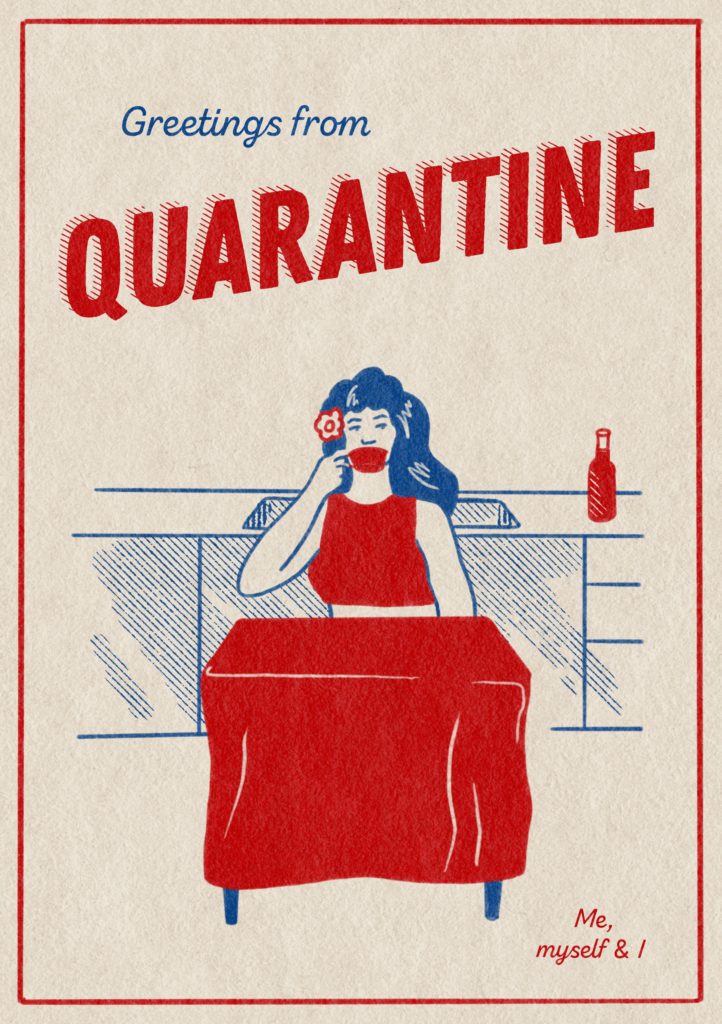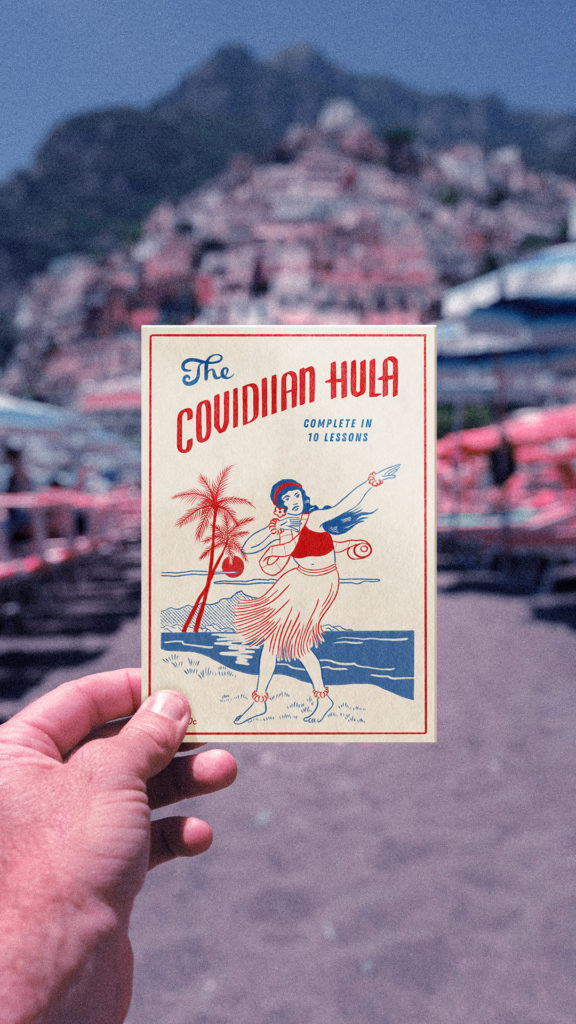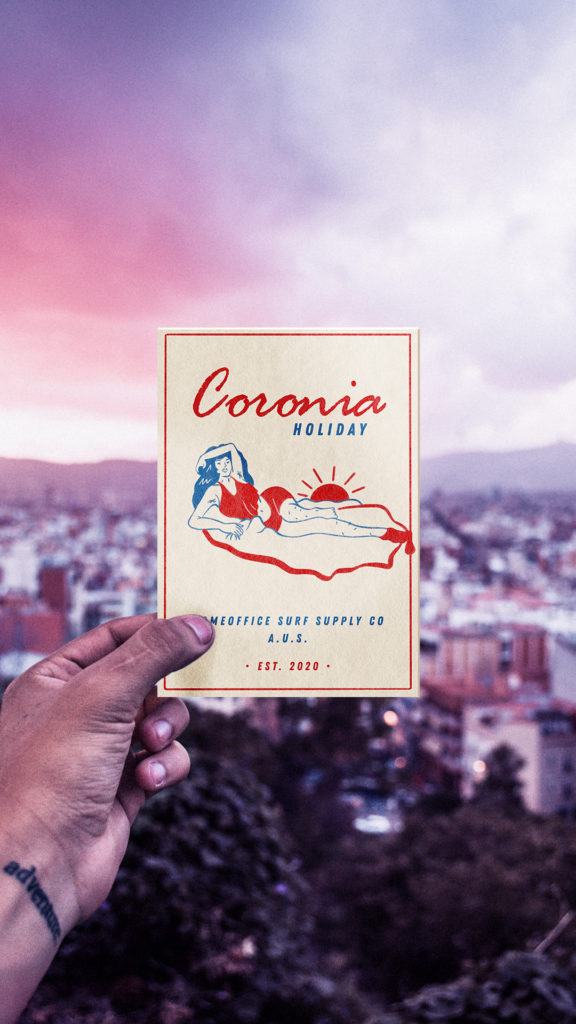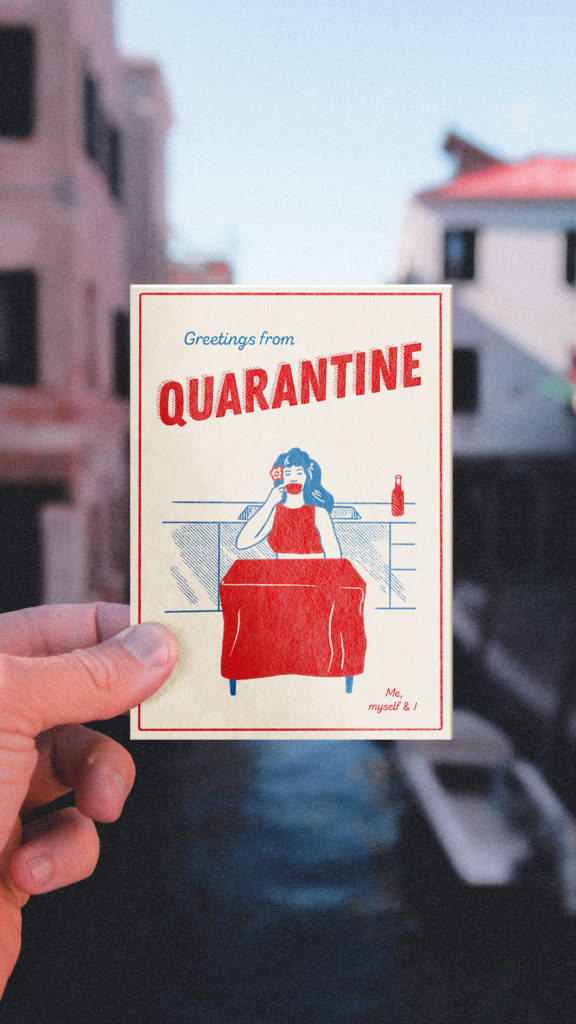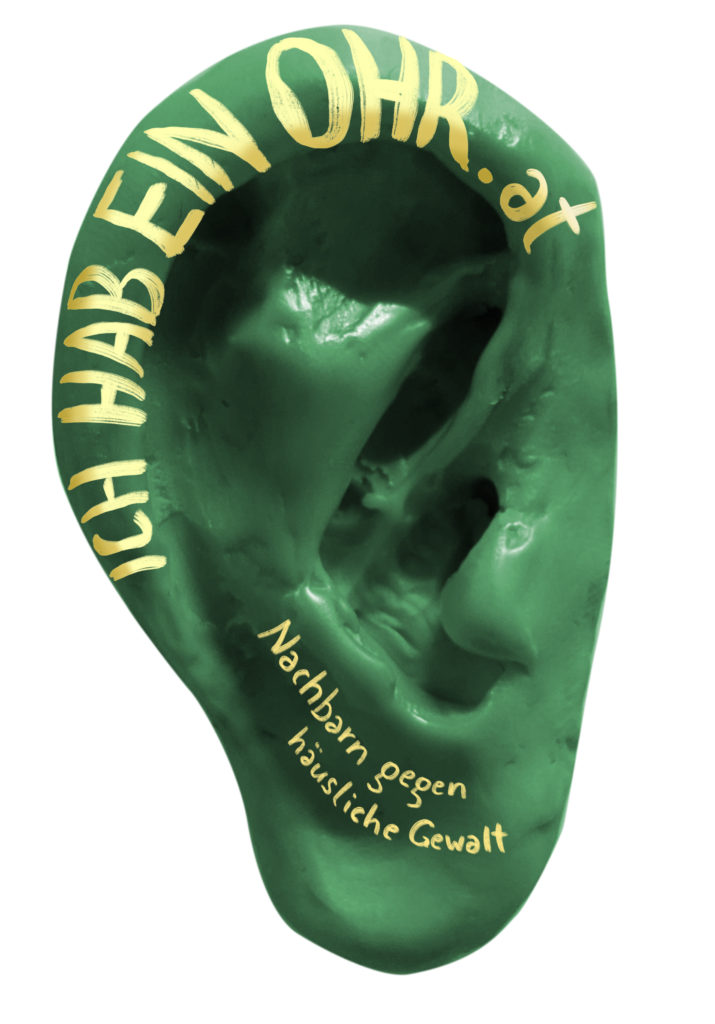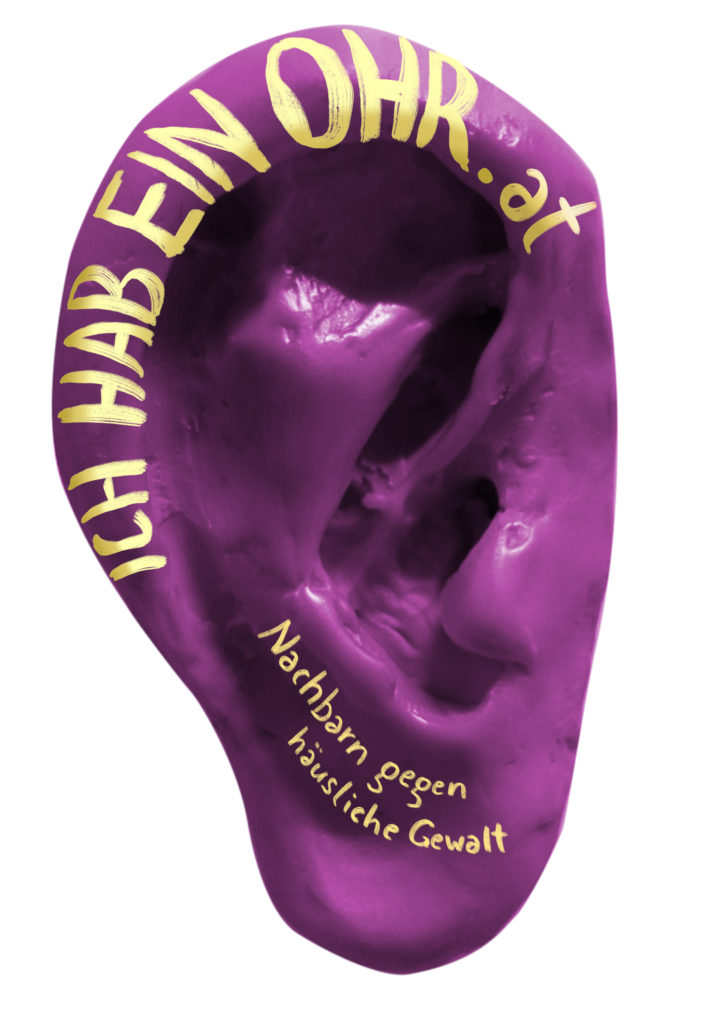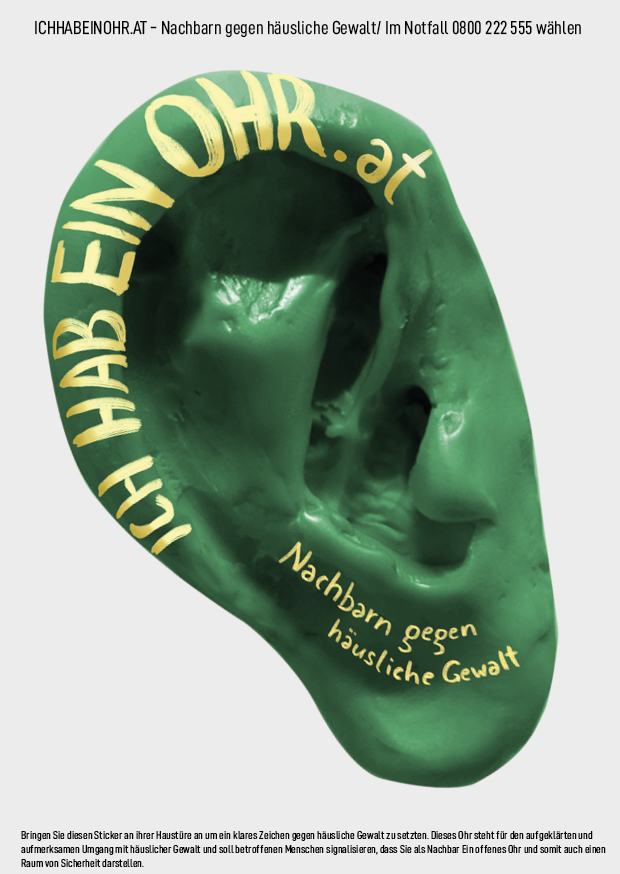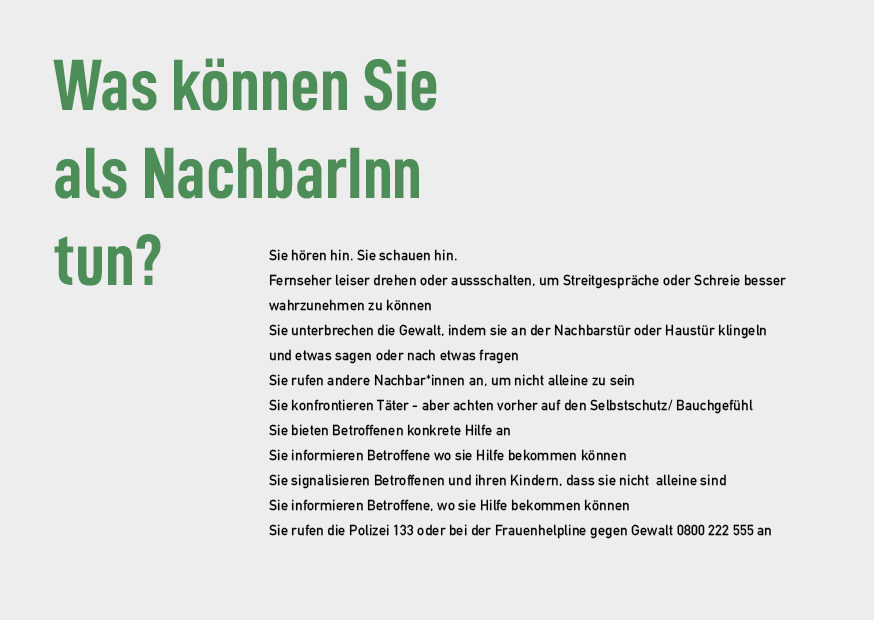Ich atme so tief es geht aus. Stütze meine zittrigen Hände auf die Knie. Mein Puls übertönt das Rotieren der Helikopter am Himmel. Entschlossen zurre ich die Riemen meines Rucksacks fest. Um die Ecke blinzelnd vergewissere ich mich, ob mir jemand folgt. Es ist strengstens verboten, mitten in der Nacht auf die Straßen zu gehen. Die Gelegenheit, meine Freunde wiederzusehen, übertrumpft jedoch die Angst vor Beamten und Soldaten. Wir haben uns seit zwei Jahren nicht mehr gesehen, bestenfalls im verschlüsselten Chat miteinander ausgetauscht. Michi hat im Darknet den Plan der ehemaligen Thermen-Anlage Wien gefunden. Dort sollen sich geheime unterirdische Verbindungen nach Graz, der einzigen Virus-freien Stadt Österreichs, befinden. Die Elite hat sich dort abgeschotteten Lebensraum gesichert.
Ich haste im Schutz der Dunkelheit weiter und klettere über einen Zaun. Mein Rachen brennt. Das Gelände suche ich mit rasenden Augen nach einem Zugang ins Gebäude ab. Im Obergeschoss klappert ein offenes Fenster im Wind. Meine Chance!
Nun machen sich die täglichen Trainingsstunden bezahlt, die wir online von der Regierung verordnet bekommen. Athletisch klettere ich die Wand zum Fenster hinauf und schiebe mich durch die Öffnung. Eine Glasscherbe fällt. Sofort schwenken die Flutlichter in meine Richtung. Eine Ratte schlüpft durch das benachbarte Fenster und wirft noch eine Scherbe hinunter. Die Scheinwerfer leuchten sie an und drehen ab.
Wir haben ausgemacht, uns in der Saunalandschaft beim Tauchbecken zu treffen. Ich war vor der Pandemie schon einmal hier und erinnere mich an den Weg. Vorbei am Heizraum höre ich, dass die Maschinen auf Hochtouren pumpen. Ich versuche durch die trüben Fenster den Außenbereich zu erkennen. In den Blockhütten flackert schwaches Licht und ich höre undeutlich Kinderstimmen. Ein Schatten an der Wand im Ruheraum lässt mich aufschrecken. Es ist Cornelia! Vorsichtig schleiche ich ihr nach. Ein paar Meter weiter erkenne ich alle anderen.
Meine besten Freunde! Die Sorgen der vergangenen Monate sind uns allen mit tiefen Falten und Augenringen ins Gesicht gezeichnet. Wir lächeln uns mit Tränen in den Augen an und fallen uns in die Arme. Ungewohnte Nähe! Cornelia holt einen zerknitterten Plan aus ihrer Jackentasche. Im fahlen Licht können wir die technische Zeichnung darauf erkennen. Toni zeigt mit dem Finger auf das eingezeichnete Tauchbecken, neben dem wir uns befinden. Seitlich sind die Technikräume zu erkennen. Wir schieben vorsichtig eine Liege zur Seite und ich wische Dreck von der Tür. Ein Warnzeichen kommt zum Vorschein. Cornelia steckt ein Stück Draht in das Schlüsselloch. Nach wiederholten Versuchen öffnet sich das eingerostete Schloss. Wir hören aus der Ferne Stimmen und hasten durch die Öffnung. Ein strenger Geruch von Leiterplatten und Metalldrähten schießt in meine Nase. Elektrische Spannung und Hitze liegen in der Luft. Es folgt ein Labyrinth gerahmt von meterhohen Server-Anlagen voller Kabel und Leuchtdioden. Cornelia hat den Plan gut studiert und eilt voraus. Treppen, Türen, blinkende Lichter, Lüftungsanlagen, Beton, Elektronik, Dunkelheit.
Wir sehen die eigenen Hände nicht mehr. Die Ohren fallen zu. Alles wird dumpf und still. Sind wir in einer Art Vakuum? Ich taste orientierungslos in die Dunkelheit. Ich erwische Tonis Rucksack und spüre die kalten Bierdosen durch den Stoff. Eine andere Hand stößt an meine Schulter und hält sich sofort daran fest. Schweben wir? Alle Gliedmaßen fühlen sich leicht an. Die Luft hat die gleiche Temperatur wie mein Körper. Es fühlt sich ungewohnt aber angenehm an. Auf einmal zieht der Rucksack von Toni in eine Richtung und ich schnappe nach der Hand auf meiner Schulter.
Die Beine fühlen sich wieder schwerer an und ich bekomme Halt unter den Füßen. Licht strahlt durch einen größer werdenden Türspalt. Ich sehe Cornelia, die uns hektisch winkt. Wir eilen benommen die Treppe hinauf. Die Sonne blendet mich durch ein kleines Fenster. War nicht eben noch Nacht? Ein paar Stockwerke noch und wir haben eine Tür erreicht. Ich kann mein Glück kaum fassen und trete vorsichtig hinaus. Wir befinden uns auf dem betonierten Dach eines Hochhauses in Graz. Die Sonne steht tief und wirft ein warmes Licht auf unsere Gesichter. Unsere Schatten strecken sich den Boden entlang. Ich atme tief durch.
Toni holt die kalten Bierdosen aus seinem Rucksack. Das Zischen lässt in uns sofort die gemeinsame Zeit am Donaukanal entflammen. Wir stoßen an und sehen uns um. Plötzlich springt Toni auf und macht einen Freudenschrei. Wir beginnen mit ihm zu springen und zu tanzen. Wir haben uns so viel zu erzählen und genießen dabei den Ausblick über die Stadt.
Während wir uns unterhalten, höre ich ein Brummen am rosafarbenen Himmel. Eine Spirale aus dunklem Rauch erscheint in meinem Blickfeld. Das kann doch nicht… Doch: es ist ein Flugzeug! Erkennen wir alle, während es sich uns nähert. Ich hoffe, dass das Flugzeug es schafft, über uns hinweg zu segeln. Ein Gefühl der Ohnmacht schießt durch meinen Körper als ich erkenne, dass Menschen aus der brennenden Maschine auf die Tragflächen klettern.
Da wird mir klar, dass das Dach, auf dem wir uns befinden, für diese Menschen die einzige Überlebenschance darstellt. Meine Füße werden schockartig kalt und ich halte die Luft an. Panisch begreife ich, dass sie wirklich das Dach erreichen könnten. Eigentlich dumm, denk ich mir. Sie wollen sich retten. Würde ich auch versuchen.
Als sie abspringen, sind sie so nahe, dass ich die Gesichter erkennen kann. Die Menschen sind asiatischer Herkunft. Mit Todesangst im Gesicht zischen sie wie brennende Geschosse auf uns herunter. Ich sehe einem von ihnen direkt in die Augen und höre seinen Schrei und ...
… wache verschwitzt auf. Ich sehe mich um. Draußen dämmert es und die ersten Vögel beginnen zu zwitschern. Ich erkenne mein gewohntes Schlafzimmer. Neben mir vertrautes tiefes Atmen. Alles ist in Ordnung, sage ich zu mir selbst. Mein Herz klopft immer noch wie wild und ich versuche meine Gedanken zu ordnen. Ich greife zitternd nach meinem Smartphone und setze mich auf. Die Uhr zeigt 4:51 Uhr. Brummen erschallt vom Fenster. Es ist wieder ein Flugzeug im Landeanflug zum Flughafen. An Schlafen ist nicht mehr zu denken und sehe mich mit aufgerissenen Augen im Raum um. Der Schrei hallt noch in meinem Kopf nach. Das war doch ein Traum? Oder träume ich jetzt?
Ich versuche mich mit meinem Smartphone abzulenken. Das Workout-Video vom Vortag ist noch geöffnet. Meine Beine kribbeln rastlos.
4:52 Uhr – das ist wirklich zu früh, um Aufzustehen. Um mich von meiner inneren Unruhe zu befreien, swipe ich zu den aktuellen Nachrichten auf meinem Handy: Die Miliz soll nun bei Paketstationen und im Lebensmittelhandel aushelfen.
Ein weiteres Flugzeug brummt tief über das Haus und ich strecke den Kopf in Richtung Fenster. Mein Flug-App zeigt ein Flugzeug von CarGo, einem Gütertransport, an. Seit dem Lockdown gibt es fast keinen Passagierverkehr mehr. Wieder muss ich an den Absturz denken. Mit tiefen Atemzügen beruhige ich mich langsam.
Mit Instagram kann ich mich bestimmt effektiver ablenken. In einem Video wird Xavier Naidoo auf den Arm genommen, weil er in einer Videobotschaft geweint hat. Als wieder ein Flugzeug über den Himmel brummt, erfasst mein Blick die Blätter des Nussbaums, die vor dem Fenster im Wind sanft hin und her schwingen. Dabei muss ich an die Parks in Wien denken, in denen ich zu dieser Jahreszeit eigentlich mit meinen Freunden sitzen würde.
Mein Handy vibriert und reißt mich aus den Erinnerungen. Ein neuer Tweet von Donald Trump. Er will testen lassen, ob man den Menschen Desinfektionsmittel injizieren kann. Gerade bin ich froh, in Österreich zu leben. In einem Artikel habe ich sogar gelesen, dass österreichische Pässe hoch im Kurs liegen. Langsam werden meine Augen schwer.
Ich schrecke auf und ringe nach Luft. Grelles Licht sticht in meinen Pupillen und ich sehe mich orientierungslos um. In meiner Armbeuge bemerke ich einen Venenzugang, der mit einem Tropf verbunden ist. Ich versuche den Arm zu heben, doch kaltes Metall einer Handschelle blockiert und schneidet sich in mein Handgelenk. Mein Puls hallt in hektischen Piepen vom Gerät neben mir wieder. Der strenger Geruch von Desinfektionsmittel erreicht meine Nase. Keine Fenster. An der Wand entdecke ich einen Medizinschrank, in dem ein Schlüssel steckt. Auf dem Anhänger kann ich verschwommen das Logo der Stadt Wien erkennen. Ich versuche den Rest zu entziffern… „Justizanst...“ Die Tür schlägt auf.
